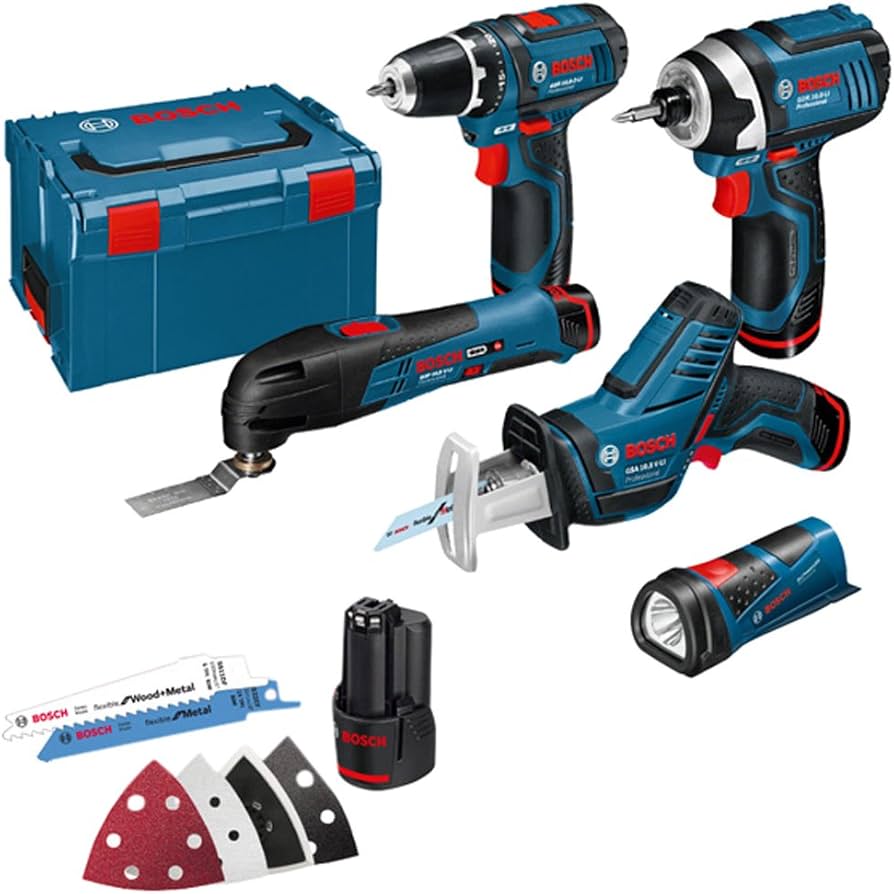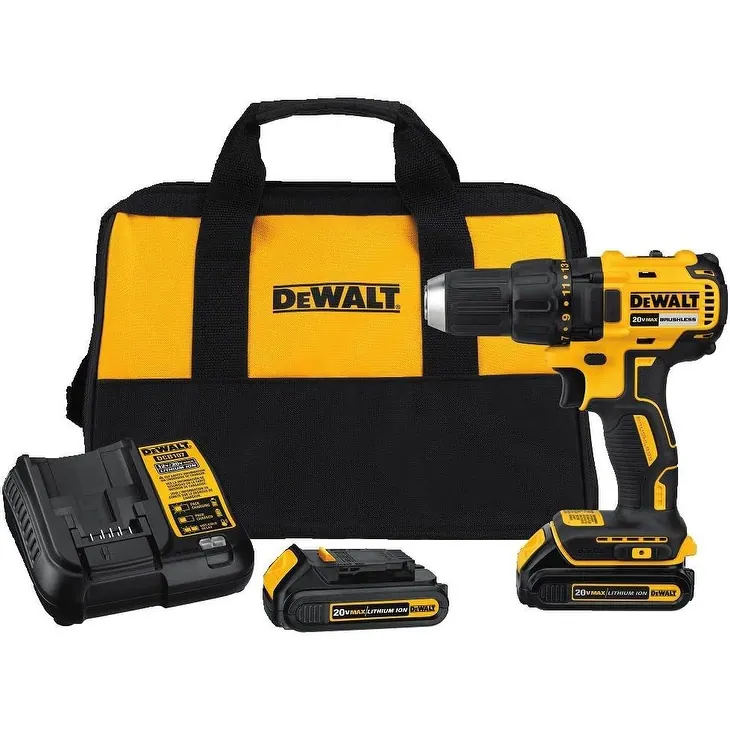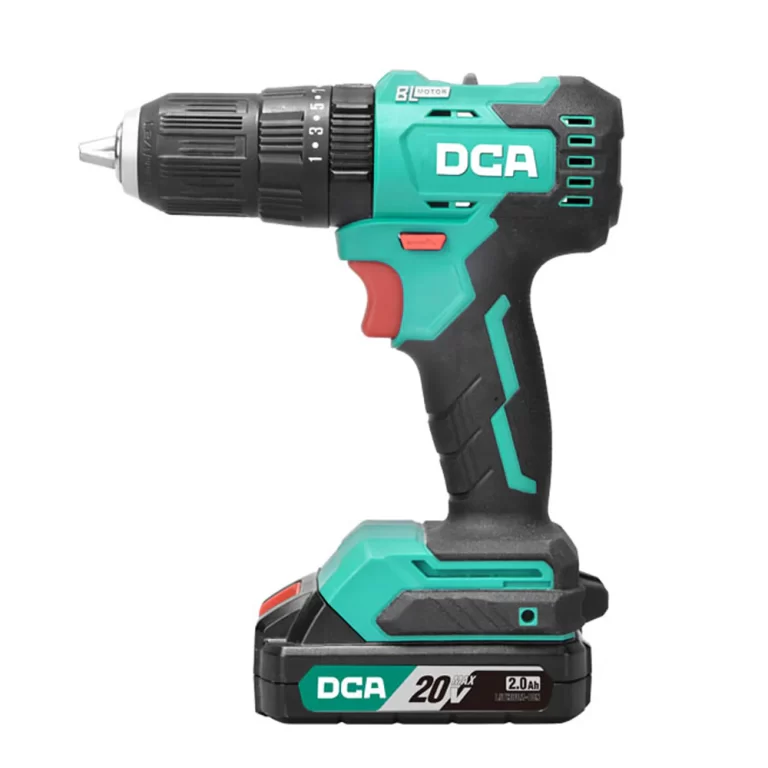
Avoid Power Tool Accidents: Proper Carrying Techniques
Introduction to Power Tool Safety
Power tools enhance efficiency in various tasks but carry inherent risks. Which is a safety practice for carrying a power tool?It is crucial to understand and apply correct handling techniques. This chapter focuses on establishing a safe foundation for using power tools.
The Significance of Correct Power Tool Handling
Handling power tools correctly is vital for safety and efficiency. Proper techniques prevent accidents and enhance tool functionality. This section explains why mastering correct handling is fundamental to avoiding injuries and ensuring task success.

Common Hazards Associated with Power Tools
Power tools are indispensable in DIY and construction projects, but they bring inherent hazards. Recognizing these risks is crucial for preventing accidents and ensuring safety.
Recognizing the Risks of Misuse and Complacency
Misuse and complacency are primary risks when handling power tools. Frequent use can lead to overconfidence and carelessness, overshadowing the dangers these tools pose. Proper training and constant vigilance are necessary to mitigate these risks.
- Overlooking Safety Protocols: Regular users might skip crucial safety checks in a hurry to complete tasks.
- Inadequate Training: Without comprehensive training, users may not be aware of or underestimate the risks involved.
- Complacency: Familiarity with the tools can lead to risky shortcuts and unsafe handling techniques. To prevent these issues, continuous education and adherence to safety protocols are essential. Reinforce the importance of using power tools safely through regular training sessions. Always remind tool users to stay alert and respect the power of the tools they are handling.
Essential Safety Gear for Power Tool Operation
Ensuring the safety of power tool operation requires specific gear. Which is a safety practice for carrying a power tool?This equipment protects users from potential injuries. Below we discuss crucial personal protective equipment (PPE) and how it aids in safe power tool handling.
The Role of Personal Protective Equipment (PPE)
Personal Protective Equipment (PPE) is vital in mitigating risks associated with power tools. Here’s a breakdown of essential PPE:
- Safety Glasses: Prevent eye injuries from flying debris or dust. They are a must-have for any power tool operation.
- Ear Protection: Power tools can generate high noise levels. Earplugs or earmuffs protect against hearing damage.
- Gloves: They safeguard against cuts, abrasions, and vibrations. Choose gloves that offer mobility and comfort without compromising on safety.
- Durable Footwear: Non-slip boots or shoes are crucial. They prevent slips and provide protection against falling objects.
- Helmets: Necessary for worksites, helmets protect against head injuries.
- Dust Masks: These are essential when working in dusty environments or with materials that could impair lung function.
Utilizing these PPE items significantly reduces the likelihood of injuries. Every user should wear the appropriate gear based on the task and conditions of the work environment. Regular checks and replacements of PPE are crucial to ensure maximum protection at all times.

Proper Usage and Handling Protocols
Ensuring proper usage and handling of power tools is essential for safety and efficacy. Which is a safety practice for carrying a power tool?This section focuses on established protocols that every tool user should follow. Adhering to these guidelines drastically reduces the risk of accidents and enhances tool performance.
The Dos and Don’ts of Carrying Power Tools
When it comes to the safe carriage of power tools, certain practices are crucial:
- Do: Always grip the handle firmly. This prevent slips and mishandling.
- Do: Ensure the tool is unplugged or off if battery-operated. This avoids accidental activation.
- Do: Keep the tool close to your body. This provides better control and reduces strain.
- Don’t: Carry the tool by its cord or hose. This can damage the tool and is unsafe.
- Don’t: Rush while moving with the tool. Fast movements increase the risk of accidents.
- Don’t: Swing the tool or use it to gesture. This could lead to unforeseen accidents.
Adopting these simple yet effective habits can majorly prevent common injuries and prolong the life of your power tools.
Power Tool Maintenance and Storage
Proper power tool maintenance is key to safety and longevity. Which is a safety practice for carrying a power tool?Regular care prevents malfunctions that can lead to accidents.
Regular Inspections to Prevent Accidents
Regularly inspecting power tools is a must for safe operation. Here are steps to incorporate into your routine:
- Check for Damage: Look for cracks, breaks, and wear. Replace damaged parts immediately.
- Clean Tools After Use: Remove debris and dust. It keeps tools in good condition.
- Inspect Cords and Batteries: Ensure cords are intact and batteries hold charge.
- Sharpen Blades and Bits: Dull components can cause accidents. Keep them sharp.
- Lubricate Moving Parts: Use the right lubricants to avoid rust and ensure smooth operation.
- Update Tool Software: For digital tools, install updates for improved performance.
- Store Tools Properly: Keep them in a dry, secure place. Use original cases if possible.
By adhering to these practices, you reduce the risk of injuries and extend your tools’ lifespan.

Operating Environment and Workspace Organization
Providing a structured and hazard-free workspace is crucial for ensuring safety when utilzing power tools.Which is a safety practice for carrying a power tool?
Maintaining a Clean and Safe Work Area
A well-organized workspace minimizes the chances of accidents and enhances productivity. Here are essential steps to ensure a tidy and secure environment:
- Remove Clutter: Keep the area clean to prevent tripping over objects.
- Organize Tools: Store tools systematically, improving accessibility and reducing hazards.
- Manage Cords: Arrange cords neatly to avoid entanglement and tripping risks.
- Control Dust: Clean dust promptly. It prevents respiratory issues and slips.
- Keep Children Away: Ensure the work area is beyond children’s reach to prevent accidents.
- Separate Flammable Materials: Place flammable substances away from the workspace to reduce fire risks.
- Use Signage: Employ warning signs for better awareness of potential dangers.
Maintaining these standards in the workspace not only protects you but also enhances the efficiency with which you can carry out your tasks. Regular checks and updates of the organization protocols are necessary to keep up with a dynamic work environment. Keep in mind that a clean and organized workspace reflects a commitment to safety and is a hallmark of professional tool usage.
Handling Power Tools with Precision
Handling power tools with precision is crucial for safety and effectiveness. Which is a safety practice for carrying a power tool?This section covers the best practices for maintaining a firm grip and control while using these tools, which can prevent accidents and improve task performance.
Best Practices for Grip and Control During Tool Usage
When using power tools, maintaining a strong grip and control is vital. Here are some top tips:
- Hold the Tool Firmly: Always grip power tools securely with both hands where possible. This prevents slipping and allows for better control.
- Use Handles and Grips: Employ the designed handles and grip areas on the tool for optimal safety and control.
- Keep Hands Dry: Ensure your hands are dry before using tools to avoid slipping.
- Maintain Good Posture: Stand in a stable and comfortable position to maintain control over the power tool.
- Stay Focused: Concentrate on the task to ensure precise control. Avoid distractions.
- Use Suitable Gloves: Wear gloves that provide a good grip but do not impair dexterity.
By implementing these practices, users enhance their command over power tools, reducing the risks of accidents substantially.
Turning off and Storing Power Tools Correctly
Proper shutdown and storage of power tools are vital for safety. This section highlights procedures to follow after use.
Post-Use Procedures to Ensure Safety
Power tools require careful attention even when not in use. The following steps should be taken to ensure safety:
- Power Off: Ensure the tool is completely turned off. This eliminates accidental starts.
- Unplug: Remove the tool from the power source. For battery tools, disconnect the battery.
- Cool Down: Allow heated tools to cool before storing. This prevents heat damage to storage areas.
- Clean: Wipe tools down to remove debris and dust. Clean tools are safer and last longer.
- Inspect: Look for signs of damage or wear. Report and fix issues before next use.
- Organize: Place tools in their designated cases or racks. Proper organization avoids damage and loss.
- Childproof: Store tools out of children’s reach. This prevents unintended use.
Following these post-use procedures helps maintain tool integrity and ensures a safer environment for everyone.

Illumination and Visibility in the Work Area
Proper lighting is essential for safe power tool operation. Which is a safety practice for carrying a power tool?It helps users see their workspace clearly, reducing the risk of accidents. Proper illumination also highlights any potential hazards like loose cords or sharp objects. Ensuring that the work area is well-lit is as crucial as wearing protective gear.
The Importance of Adequate Lighting for Safe Tool Use
Adequate lighting is not just about visibility; it’s about safety. Good lighting prevents mishaps that could occur in poorly lit areas. Here are some reasons why adequate lighting is critical:
- Prevents Missteps: Good lighting helps you see where you are stepping or placing tools.
- Enhances Precision: Clear visibility allows for more precise and careful tool use.
- Identifies Hazards: With proper lighting, you can spot potential dangers before accidents occur.
- Reduces Fatigue: Working in a well-lit area helps reduce eye strain and overall fatigue, keeping you alert.
Whether you are working in a workshop, garage, or outdoor setting, ensure the lighting is sufficient. If needed, set up additional light sources like lamps or portable lights. This not only makes the work easier but also significantly safer. Always check the lighting before starting any work with power tools.
Final Reminders and Safety Checklists
As we conclude, let’s recap the key points to prevent power tool accidents. A safety checklist can be a lifesaver. Use it to stay on track and keep safe. It’s your go-to guide every time you work.
Summary of Key Points to Prevent Power Tool Accidents
- Correct Handling: Always carry power tools by their handles. Never rush when moving them.
- Wear PPE: Use safety glasses, ear protection, gloves, and durable footwear. These are must-haves.
- Inspections: Check tools for damage and wear before each use. Take no chances with safety.
- Workspace Cleanliness: Keep your area tidy. A clean workspace means fewer mishaps.
- Proper Lighting: Make sure your work area has plenty of light. Good visibility is key.
- Stay Alert: Never work with power tools if you’re tired or under the influence. Clear focus keeps you safe.
- Power Off and Unplug: Turn off tools and disconnect them when not in use. This avoids accidental starts.
- Storing Tools: Put away tools after use. Store them in a secure place, away from children.
Stick to these points for safety and efficiency. Keep your gear in check and work responsibly. Regular refreshers on safe practices won’t hurt. Be smart and stay safe with each job!

